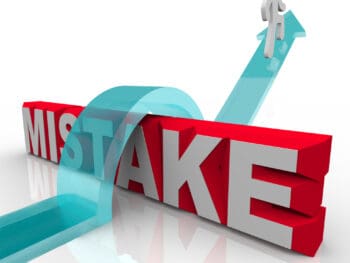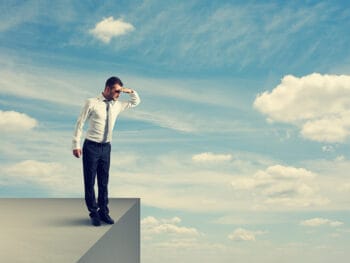
The first part of this series will focus on human behavior and how it impacts the claim handler and team. The following article will build on human behavior and discuss common disincentives that increase the cost of claims by delaying a return to work. The final article will review opportunities for the claim management team to communicate better and assist employers in reducing workers’ compensation program costs.
This post is one in a 3-part series:
Working As a Team with Stakeholders
Members of the claim management team have many interested stakeholders with common interests in seeking to close claims. The problem arises when there is no effective communication and coordination between these stakeholders to drive claims toward a successful resolution.
- Employers: There is often a lack of communication between the claiming team and the employer. This is driven by several factors, including the employer’s size, experience dealing with workers’ compensation claims, and limited options for returning the employee to work. Effective claim handlers and teams must overcome these challenges and initiate contact directly with employers.
Click Link to Access Free PDF Download
- Defense counsel: Most workers’ compensation defense firms are driven by the simultaneous volume of files a single attorney handles. While attorneys have a professional obligation to communicate with their clients, files often get lost in the shuffle. Effective claim teams overcome these challenges by requiring regular status reporting, using associates to handle less complex matters, and using quarterly file reviews.
- Other Interested Stakeholders: Many other groups are involved in a claim. This can include the treating doctor, vocational rehabilitation expert, and defense experts. It is the responsibility of the claim handler to manage these relationships.
The bottom line is a provident claim handler needs to work as a team with all interested stakeholders. The claim handler must initiate contact directly and be proactive to drive communication.
Manage Human Behaviors
According to Rosabeth Moss Kanter in a Harvard Business Review article, “The key to motivation doesn’t depend on elaborate incentive schemes. What makes a good work environment is getting better at stuff, or mastering a task.” In further defining this statement, he developed the “four M’s” of workplace motivation. These factors defined workplace performance that parallels the requirements of an effective claim handler in the fast-paced environment of workers’ compensation:
- Meaning: An effective employee needs to be driven by a high level of engagement to make a positive impact. This translates to handling claims where they seek to rebuild broken lives.
- Mastery: Employees need to learn how to master a task and find pride in their ability to learn: Workers’ compensation is an area where one needs to be willing to learn to advance. This includes a mindset that you will only become more proficient if you avoid thinking you know everything.
- Membership: This involves a sense of community at work. Claim handlers work in teams. Those teams need to be led by leaders who drive a sense of community and ownership.
- Money: This was compared to the caffeine of the workplace – it drives work performance in short bursts. Claim handles need to be driven by motivation and performance at all times.
Influential leaders of claim teams need to consider these matters when building and maintaining their teams.
FREE DOWNLOAD: “Step-By-Step Process To Master Workers’ Comp In 90 Days”
Conclusions
Effective workers’ compensation claim team members need to master communication with all interested stakeholders. This includes working closely with employer representatives and defense counsel to develop a plan for the claim and drive it toward settlement. There are also opportunities to work with others, such as treating doctors and vocational rehabilitation experts. Another essential consideration for claim department leaders is managing human behaviors better to motivate individual claim handlers to resolve claims promptly. Considering these factors will result in better outcomes and a more effective program.

Contact: mstack@reduceyourworkerscomp.com.
Workers’ Comp Roundup Blog: http://blog.reduceyourworkerscomp.com/
©2023 Amaxx LLC. All rights reserved under International Copyright Law.
Do not use this information without independent verification. All state laws vary. You should consult with your insurance broker, attorney, or qualified professional.
FREE DOWNLOAD: “Step-By-Step Process To Master Workers’ Comp In 90 Days”










